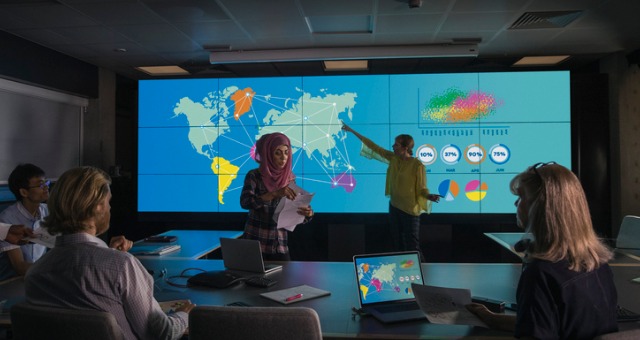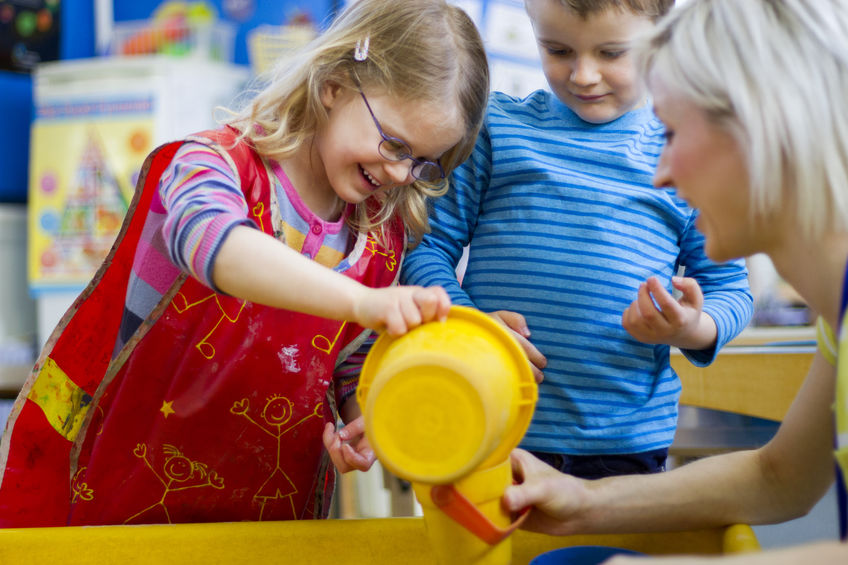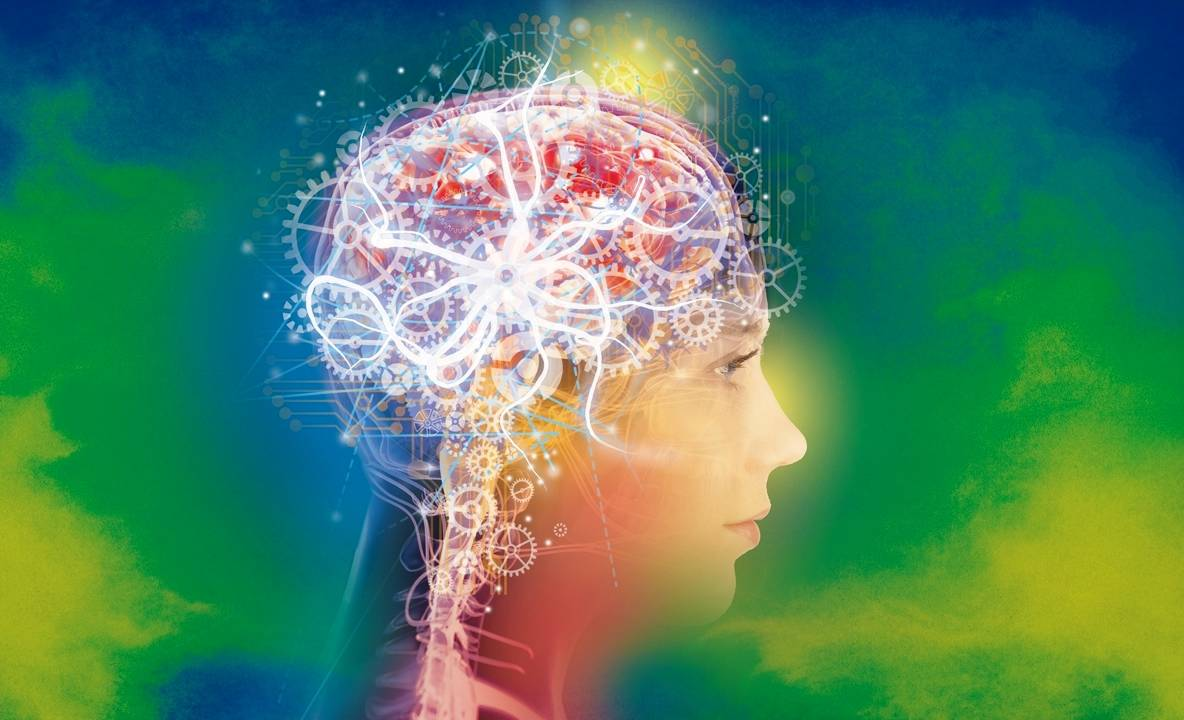
Many of today’s high-demand jobs were created in the last decade, according to the International Society for Technology in Education (ISTE). As advances in technology drive globalization and digital transformation, teachers can help students acquire the necessary skills to succeed in the careers of the future.
How important is technology in education? The COVID-19 pandemic is quickly demonstrating why online education should be a vital part of teaching and learning. By integrating technology into existing curricula, as opposed to using it solely as a crisis-management tool, teachers can harness online learning as a powerful educational tool.
The effective use of digital learning tools in classrooms can increase student engagement, help teachers improve their lesson plans, and facilitate personalized learning. It also helps students build essential 21st-century skills.
Virtual classrooms, video, augmented reality (AR), robots, and other technology tools can not only make class more lively, they can also create more inclusive learning environments that foster collaboration and inquisitiveness and enable teachers to collect data on student performance.
Still, it’s important to note that technology is a tool used in education and not an end in itself. The promise of educational technology lies in what educators do with it and how it is used to best support their students’ needs.
Educational Technology Challenges
BuiltIn reports that 92 percent of teachers understand the impact of technology in education. According to Project Tomorrow, 59 percent of middle school students say digital educational tools have helped them with their grades and test scores. These tools have become so popular that the educational technology market is projected to expand to $342 billion by 2025, according to the World Economic Forum.
However, educational technology has its challenges, particularly when it comes to implementation and use. For example, despite growing interest in the use of AR, artificial intelligence, and other emerging technology, less than 10 percent of schools report having these tools in their classrooms, according to Project Tomorrow. Additional concerns include excessive screen time, the effectiveness of teachers using the technology, and worries about technology equity.
Prominently rising from the COVID-19 crisis is the issue of content. Educators need to be able to develop and weigh in on online educational content, especially to encourage students to consider a topic from different perspectives. The urgent actions taken during this crisis did not provide sufficient time for this. Access is an added concern — for example, not every school district has resources to provide students with a laptop, and internet connectivity can be unreliable in homes.
Additionally, while some students thrive in online education settings, others lag for various factors, including support resources. For example, a student who already struggled in face-to-face environments may struggle even more in the current situation. These students may have relied on resources that they no longer have in their homes.
Still, most students typically demonstrate confidence in using online education when they have the resources, as studies have suggested. However, online education may pose challenges for teachers, especially in places where it has not been the norm.
Despite the challenges and concerns, it’s important to note the benefits of technology in education, including increased collaboration and communication, improved quality of education, and engaging lessons that help spark imagination and a search for knowledge in students.
The Benefits of Technology in Education
Teachers want to improve student performance, and technology can help them accomplish this aim. To mitigate the challenges, administrators should help teachers gain the competencies needed to enhance learning for students through technology. Additionally, technology in the classroom should make teachers’ jobs easier without adding extra time to their day.
Technology provides students with easy-to-access information, accelerated learning, and fun opportunities to practice what they learn. It enables students to explore new subjects and deepen their understanding of difficult concepts, particularly in STEM. Through the use of technology inside and outside the classroom, students can gain 21st-century technical skills necessary for future occupations.
Still, children learn more effectively with direction. The World Economic Forum reports that while technology can help young students learn and acquire knowledge through play, for example, evidence suggests that learning is more effective through guidance from an adult, such as a teacher.
Leaders and administrators should take stock of where their faculty are in terms of their understanding of online spaces. From lessons learned during this disruptive time, they can implement solutions now for the future. For example, administrators could give teachers a week or two to think carefully about how to teach courses not previously online. In addition to an exploration of solutions, flexibility during these trying times is of paramount importance.
Below are examples of how important technology is in education and the benefits it offers to students and teachers.
Increased Collaboration and Communication
Educational technology can foster collaboration. Not only can teachers engage with students during lessons, but students can also communicate with each other. Through online lessons and learning games, students get to work together to solve problems. In collaborative activities, students can share their thoughts and ideas and support each other. At the same time, technology enables one-on-one interaction with teachers. Students can ask classroom-related questions and seek additional help on difficult-to-understand subject matter. At home, students can upload their homework, and teachers can access and view completed assignments using their laptops.
Personalized Learning Opportunities
Technology allows 24/7 access to educational resources. Classes can take place entirely online via the use of a laptop or mobile device. Hybrid versions of learning combine the use of technology from anywhere with regular in-person classroom sessions. In both scenarios, the use of technology to tailor learning plans for each student is possible. Teachers can create lessons based on student interests and strengths. An added benefit is that students can learn at their own pace. When they need to review class material to get a better understanding of essential concepts, students can review videos in the lesson plan. The data generated through these online activities enable teachers to see which students struggled with certain subjects and offer additional assistance and support.
Curiosity Driven by Engaging Content
Through engaging and educational content, teachers can spark inquisitiveness in children and boost their curiosity, which research says has ties to academic success. Curiosity helps students get a better understanding of math and reading concepts. Creating engaging content can involve the use of AR, videos, or podcasts. For example, when submitting assignments, students can include videos or interact with students from across the globe.
Improved Teacher Productivity and Efficiency
Teachers can leverage technology to achieve new levels of productivity, implement useful digital tools to expand learning opportunities for students, and increase student support and engagement. It also enables teachers to improve their instruction methods and personalize learning. Schools can benefit from technology by reducing the costs of physical instructional materials, enhancing educational program efficiency, and making the best use of teacher time.
Become a Leader in Enriching Classrooms through Technology
Educators unfamiliar with some of the technology used in education may not have been exposed to the tools as they prepared for their careers or as part of their professional development. Teachers looking to make the transition and acquire the skills to incorporate technology in education can take advantage of learning opportunities to advance their competencies. For individuals looking to help transform the education system through technology, American University’s School of Education Online offers a Master of Arts in Teaching and a Master of Arts in Education Policy and Leadership to prepare educators with essential tools to become leaders. Courses such as Education Program and Policy Implementation and Teaching Science in Elementary School equip graduate students with critical competencies to incorporate technology into educational settings effectively.








 Starting early helps foster a lifelong love of science
Starting early helps foster a lifelong love of science
 Science activities provide opportunities to develop collaboration and communication skills
Science activities provide opportunities to develop collaboration and communication skills Child-led discovery activities are a great way to encourage scientific curiosity
Child-led discovery activities are a great way to encourage scientific curiosity














